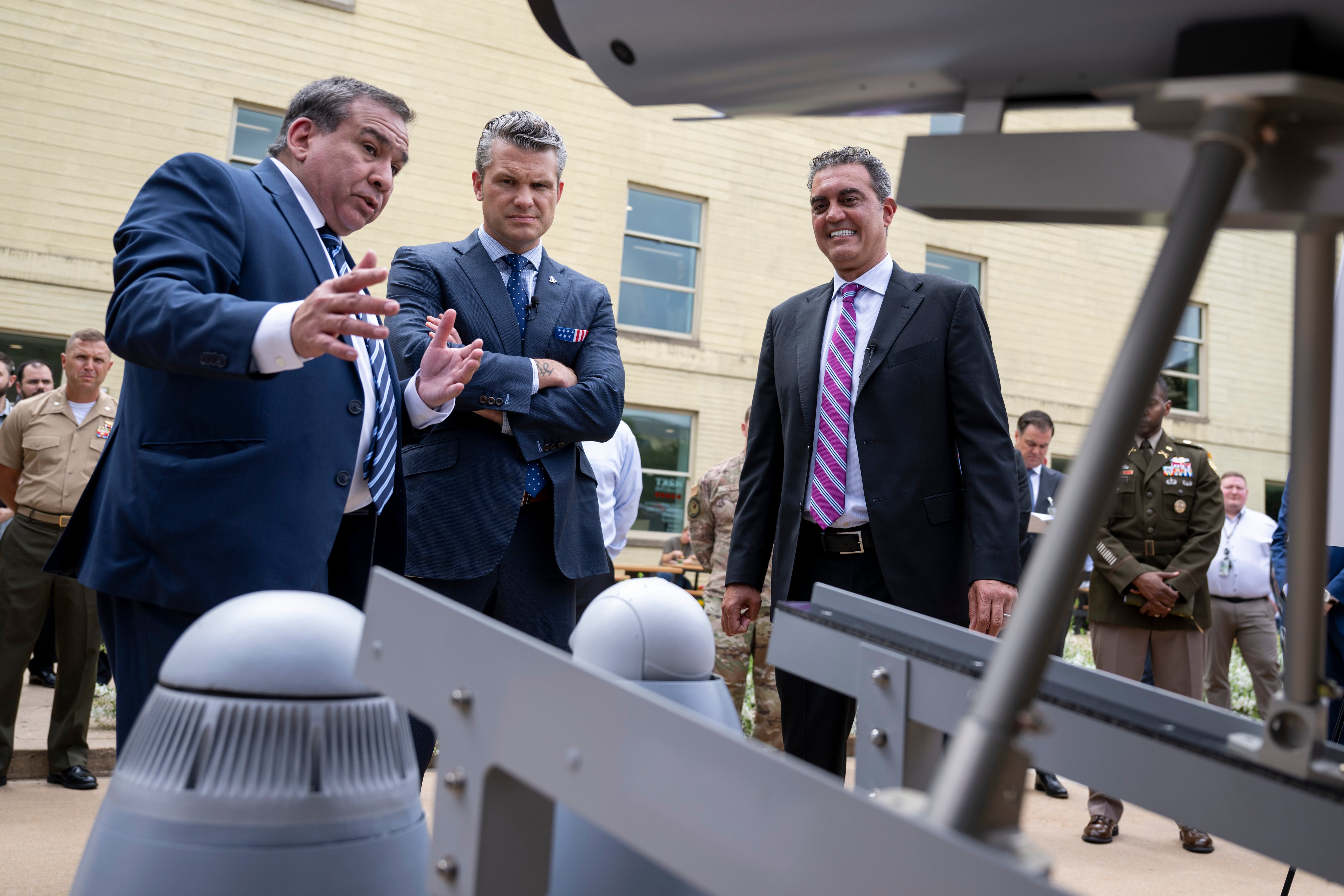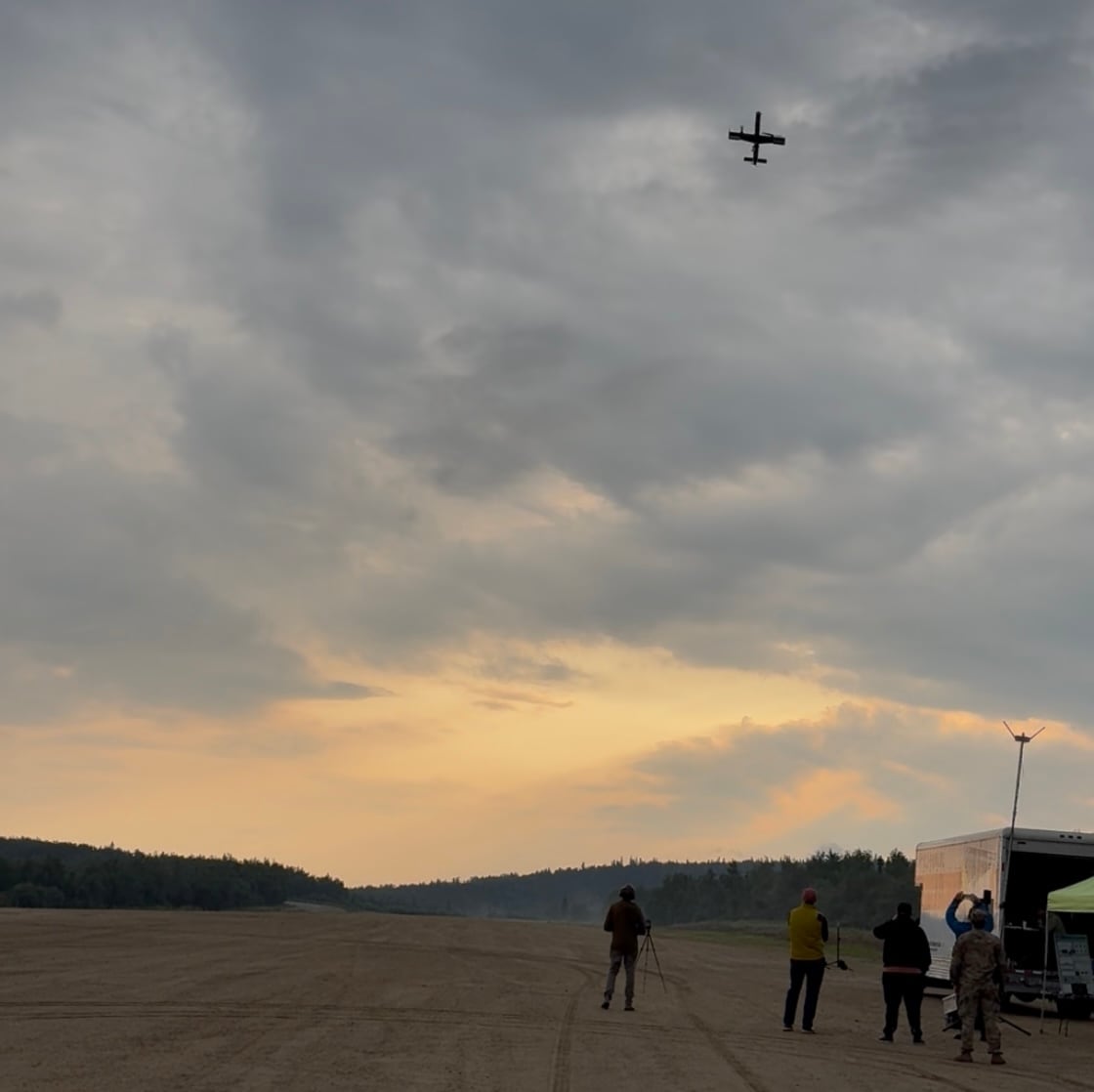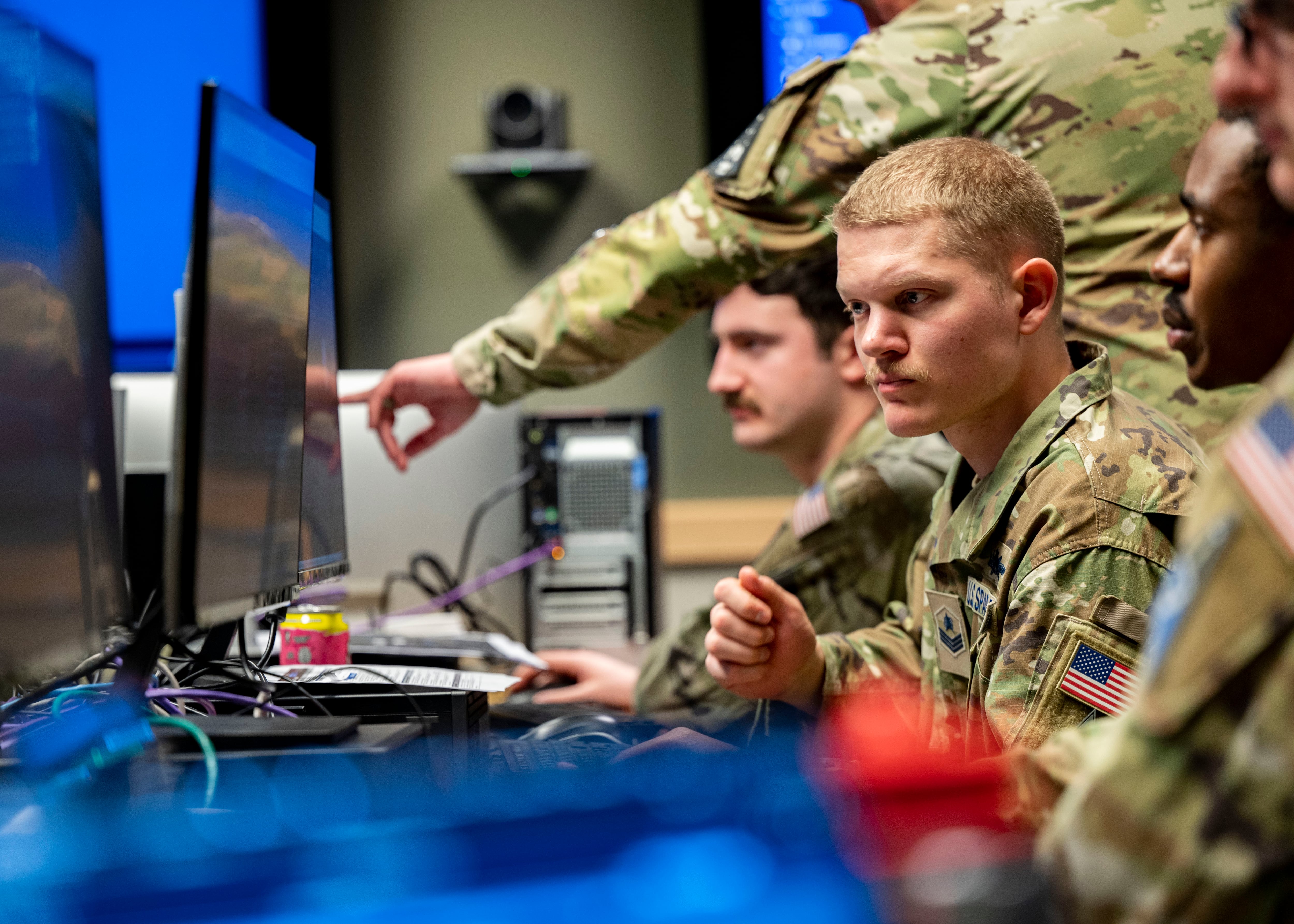The Army is continuing to signal its seriousness about integrating cyberspace from an organizational and operational construct. The latest iteration includes a recently stood up program office focused on managing acquisition of defensive cyber operations (DCO).
Officially stood up Dec. 11 and headed by Lt. Col. Scott Helmore, the office's scope, which falls beneath PEO Enterprise Information Systems, will cover seven programs:
Two platform-based programs, one of which is focused on garrison platforms.
A cyber tools program.
A forensics and malware analysis program.
A big-data platform into an official program of record to be called cyber analytics that will focus on identifying data points to understand cyberthreats.
A program for monitoring user activity or what many call insider threats.
A program focused on cyber-mission planning, including how cyber soldiers plan missions, conduct exercises and look at different intelligence threats.
Helmore spoke to C4ISRNET in a recent phone interview to discuss the scope of the newly minted office. Part of the genesis for the DCO program office, Helmore said, surrounds the notion of consolidation and integration, especially within the requirements process. He noted how several program executive offices focus on various aspects of cyberwarfare — be it offensive or defensive. For example, PEO Command Control Communications-Tactical focuses on the tactical edge, PEO Intelligence, Electronic Warfare & Sensors focuses on intelligence warfare, and PEO EIS focuses on the strategic side.
"The decision for the majority of efforts, really handling cyber for cyber protection teams is a strategic capability, but it's an Army strategic capability, so we have another strategic capability in support of [the Department of Defense] and that's normally considered [Joint Regional Security Stacks] and what [the Defense Information Systems Agency] does," Helmore said. Within PEO EIS, a lot was consolidated into a single program at the beginning to get the planning right. Many of these efforts are still pre-materiel-development decision, meaning they're not programs of record. "We'll continue to analyze how we build the best teams to support the requirements as we go forward, but putting them in this office initially ensures we have an integrated plan," he added.
Helmore also elaborated on his program's strategic focus, explaining that the program considers issues from the concept of Army Cyber Command, which is not focused on one specific division of the Army and is more tactics-focused. The new program, rather, is focused on the cyber protection teams, which don't belong to a specific division and are more of a strategic asset.
The new DCO office is looking to leverage several vehicles and partners as it begins buying what it needs under the seven programs Helmore listed. However, he said that while the office does not have its own budget line item, it will in 2018, which will include different colors of money such as research and development, operation, maintenance, and procurement.
Helmore noted the relationship with industry in helping to craft requirements. He said the feedback they receive from industry through requests for information is critical in ensuring they get the requirements right.
He also described pilots and prototypes the program is involved with through contract vehicles such as the C5 consortium — an Other Transaction Authority vehicle located at Picatinny Arsenal in New Jersey — and, while they have not done so yet, they are beginning to work on negotiating requirements through Defense Innovation Unit Experimental.
Helmore lauded these two vehicles as they allow the Army to make a direct award, as stipulated under the new National Defense Authorization Act, if an industry partner has a useful solution.
The office is also working across the Army and DoD to bring in partners of all stripes. These include the Army Rapid Capabilities Office, which works with the DCO program office through the Cyber Focal located at the Army headquarters in the Pentagon, Cyber Command, PEO C3T, Defense Advanced Research Projects Agency, and Communications-Electronics Research, Development and Engineering Center. Helmore said one of his immediate goals as he starts this program office is to bring all these elements together into a cohesive plan.
Helmore didn't have a lot of insight into the operational challenges, as that space is more reserved for Army Cyber Command and Training and Doctrine Command, and his program is too immature in its life cycle to handle those types of concerns.
However, one of the biggest challenges ahead, Helmore articulated, from an acquisition perspective is remaining flexible and responsive to the "threat that is ever-changing." Praising the Army and Congress for providing the necessary funds, he said his office must be flexible and responsive to all the requirements that come down.
Mark Pomerleau is a reporter for C4ISRNET, covering information warfare and cyberspace.








